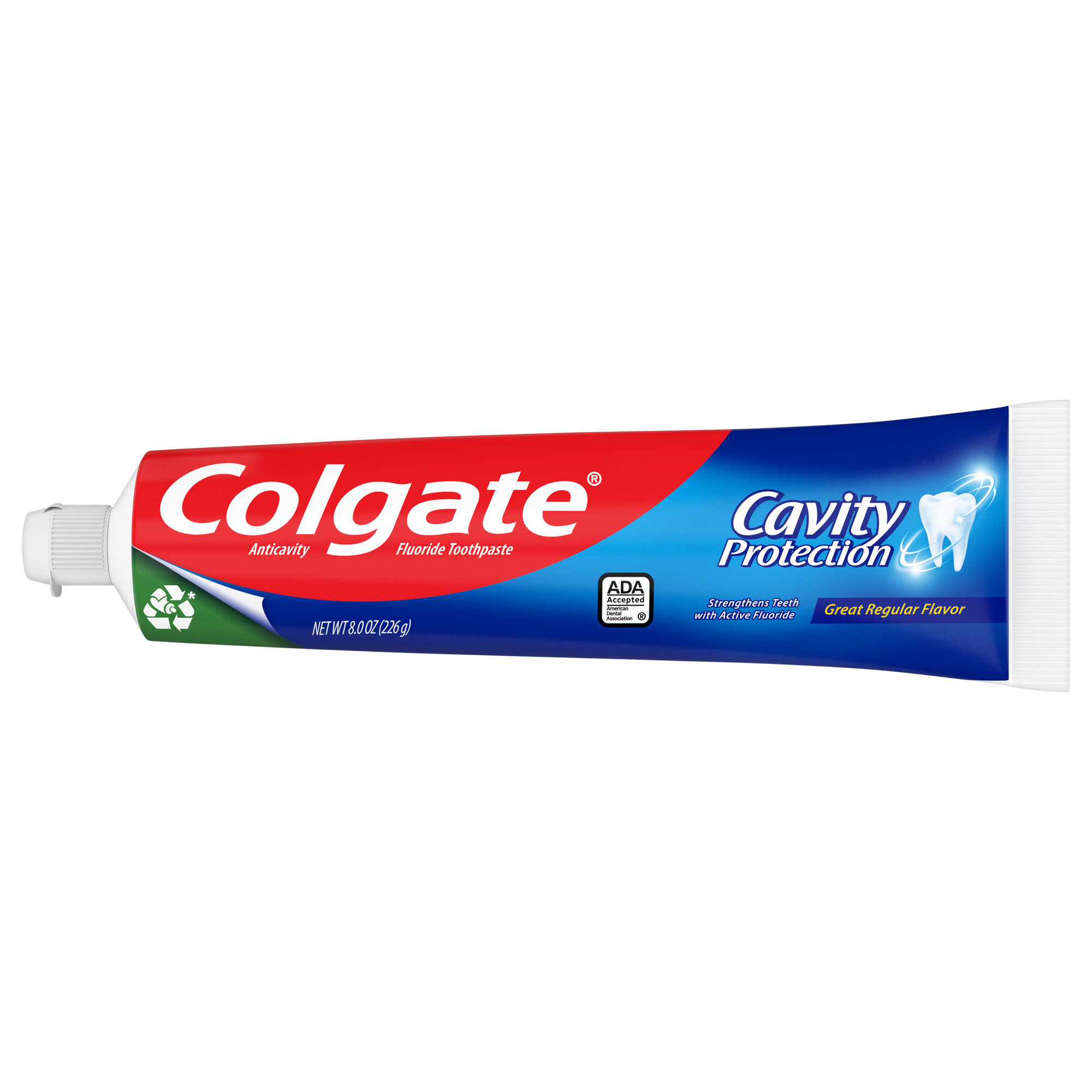-
-

FLUORIDE
What Is Stannous Fluoride Toothpaste?Discover what is Stannous Fluoride Toothpaste and its importance to prevent cavities and other oral health problems.

TEETH WHITENING
Whitening toothpaste - hydrogen peroxide vs. carbamide peroxideIf you lose one or more of your front teeth due to injury or decay, you may feel ...
-
Science & InnovationOral Health Commitment
- Oral Health Commitment
- Bright Smiles, Bright Futures
- Educational Resources
- Mobile Dental Van
- Volunteer
- ORAL HEALTH CHECK
- PRODUCT MATCH
- Oral Health and Dental Care | Colgate®
- Oral Health
- Do You Have A Cusp Of Carabelli?


What is the cusp of Carabelli? For the matter, what exactly is a cusp when it comes to teeth? Many people are aware that this feature is more common in some populations than others and are interested in finding out if they have a cusp of Carabelli. We’re here to help you through the technical information and find out if your teeth have this unique trait.
What to Know About This Extra Cusp on Molars
So, what exactly is the cusp of Carabelli? Who is it named after?
Put simply, the cusp of Carabelli is just an extra bump on one or two of your teeth. According to the Journal of Clinical and Diagnostic Research, these possibly form from overactivity of the dental lamina, one part of tooth development.
A cusp is an elevated feature of a tooth found on your posterior (back) teeth and canines. Cusps help with chewing certain types of food by providing more surface area. This structure aids grinding while eating to break down food better.
While maxillary (upper) molars typically have four cusps on the top to help with chewing, some people have a fifth cusp on the side of the first one. This additional cusp is known as the cusp of Carabelli. Georg Carabelli first described this anomaly in Austria, 1842, while serving as court dentist of Emperor Franz.
If you're interested in finding out if you have a cusp of Carabelli, pull out a mirror, have a friend look, or ask your dentist next visit. If you have them, you can find them in the top row of teeth. They would be on the third molars from the back of your mouth in adults (or second if you've had your wisdom teeth removed!).
Dental Dimension
For most, the cusp of Carabelli is just a fun topic to bring up at a gathering to see who has them and who doesn't. Others may be concerned about their dental health.
This feature varies by ethnic population, but it is unlikely to cause health concerns regardless of your background. While many are concerned about removing their Cusps of Carabelli, they're unlikely to lead to health problems or need removal. The main concern to be aware of is the potential for decay along the grooves of the cusp.
If you're concerned about your cusp of Carabelli, here are some easy tips:
- Brush your teeth twice daily for two minutes
- Give special care to the area around this tooth to ensure no food or plaque gets trapped in its grooves.
- Use a mouth rinse to help remove plaque or debris stuck in your teeth.
If there's any unusual discomfort or decay around your cusp of Carabelli, it's a good idea to have your dentist take a look.
The cusp of Carabelli is an interesting feature that's fascinated both scientists and casual observers for over one-hundred years. You're now prepared to see if you or your friends have them and to practice proper care if you do.
Oral Care Center articles are reviewed by an oral health medical professional. This information is for educational purposes only. This content is not intended to be a substitute for professional medical advice, diagnosis or treatment. Always seek the advice of your dentist, physician or other qualified healthcare provider.
Related Articles

Mouth and teeth anatomy
What Are Dentin Tubules?Have you heard of the term dentin tubules? Well, now you have. Dentin tubules are a vital part of your teeth. As you may know, the teeth are made up of tissue layers, and each one serves a unique function. The dentin tubules are located in the dentin, one of the layers below the enamel surface. The role of dentin tubules is to help you feel sensations in your teeth. That's also why they're often blamed for hypersensitivity in people's teeth.

Mouth and teeth anatomy
What Is Hypodontia? Causes And Treatments For Missing TeethHypodontia refers to the absence of one or more teeth. Learn how this condition is diagnosed and treated.

Mouth and teeth anatomy
What Are Foliate Papillae?Hundreds of tiny bumps called papillae cover your tongue, most of which contain taste buds with sensory cells. There are four types of papillae—filiform, fungiform, circumvallate, and foliate—and each has a role to play. This article looks into the foliate papillae, which are located on the sides of the tongue and contain taste buds.

Mouth and teeth anatomy
Your Baby's Labial Frenulum: What You Need To KnowTucked inside your infant's gummy, toothless smile is a small piece of tissue under their upper lip called the labial frenulum.
Related Products

Colgate Cavity Protection Toothpaste with Fluoride, Great Regular Flavor helps strengthen teeth enamel every time you brush your teeth.

Colgate Total Active Prevention Whitening Toothbrush is a soft toothbrush with charcoal infused spiral and Floss-Tip bristles (1). This soft bristle toothbrush fights the root cause* of cavities, plaque, gingivitis, bad breath, tartar buildup**, and stains*** and also helps remove surface stains to prevent stain buildup.

Power away plaque with Colgate Total Battery Powered Toothbrush. This battery operated toothbrush for adults fights the root cause* of cavities, plaque, gingivitis, bad breath, tartar buildup**, and stains***. Plus, this battery toothbrush has a built in 2 minute timer and features two cleaning modes, Sensitive and Regular, to cater to your unique oral care needs.

The Colgate Total® Active Prevention Foaming Clean Soft Bristle Toothbrush is specially designed to tackle the root cause* of cavities, plaque, gingivitis, bad breath, tartar buildup**, and stains***.

Helping dental professionals
More professionals across the world trust Colgate. Find resources, products, and information to give your patients a healthier future




